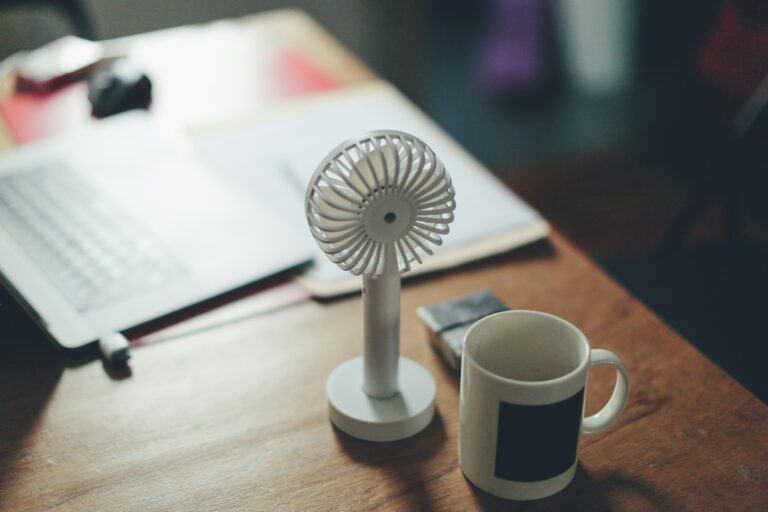Water is a precious resource, and as concerns about water scarcity and environmental sustainability continue to grow, many homeowners and businesses are turning to alternative water sources. One such solution gaining popularity is rainwater harvesting systems. These systems collect and store rainwater for various uses, offering numerous benefits for both individuals and communities.
In this comprehensive guide, we’ll explore the benefits of using rainwater harvesting systems, how they work, their environmental impact, and answer common questions about their implementation.
1. Cost Savings
One of the most significant benefits of using rainwater harvesting systems is the potential for cost savings. By collecting rainwater for non-potable uses such as watering plants, flushing toilets, or washing clothes, homeowners and businesses can reduce their reliance on municipal water supplies. This can lead to lower water bills over time, particularly in regions where water rates are high or during periods of drought when water restrictions may be in place.
Additionally, rainwater harvesting systems require minimal maintenance once installed, further reducing long-term costs.
2. Environmental Sustainability
Rainwater harvesting systems are environmentally sustainable alternatives to traditional water sources. By capturing rainwater that would otherwise runoff into storm drains and potentially contribute to urban flooding, these systems help mitigate the impact of stormwater runoff on local waterways.
Additionally, rainwater harvesting reduces the demand for groundwater extraction, which can deplete aquifers and harm ecosystems. By using rainwater for irrigation, toilet flushing, and other non-potable purposes, individuals and communities can conserve precious freshwater resources and reduce their carbon footprint.
3. Water Conservation
Conserving water is essential for both environmental and economic reasons, particularly in regions prone to drought or water scarcity. Rainwater harvesting systems promote water conservation by capturing and storing rainwater for later use. This reduces the strain on municipal water supplies and alleviates pressure on natural water sources.
Additionally, using rainwater for outdoor irrigation can help maintain landscapes and gardens without relying on treated drinking water, further conserving resources and protecting the environment.
4. Versatility and Flexibility
Rainwater harvesting systems are highly versatile and adaptable to various applications and environments. They can be customized to meet the specific needs of homeowners, businesses, and communities, whether for residential landscaping, agricultural irrigation, or industrial processes.
Rainwater can be collected from rooftops, driveways, or other impermeable surfaces and stored in tanks, cisterns, or underground reservoirs. The flexibility of these systems allows them to be scaled up or down depending on available space, budget, and water usage requirements.
5. Water Quality and Health Benefits
Properly designed and maintained rainwater harvesting systems can provide high-quality water for non-potable uses. Rainwater is naturally soft and free from many of the chemicals and additives found in treated drinking water. This makes it ideal for watering plants, washing clothes, and flushing toilets without the need for additional filtration or treatment.
Additionally, using rainwater for irrigation can promote healthier soil and plants by delivering water directly to the root zone and reducing the risk of overwatering or waterlogging.
Conclusion
Rainwater harvesting systems offer a host of benefits for homeowners, businesses, and communities alike. From cost savings and environmental sustainability to water conservation and health benefits, these systems provide a practical and eco-friendly solution for managing water resources.
By capturing and storing rainwater for non-potable uses, individuals can reduce their reliance on traditional water sources, lower their water bills, and promote water conservation. With the versatility and flexibility of rainwater harvesting systems, it’s easier than ever to harness the power of nature and make a positive impact on the planet.
Frequently Asked Questions (FAQs)
1. How does a rainwater harvesting system work?
Rainwater harvesting systems collect rainwater from rooftops or other impermeable surfaces and channel it into storage tanks or cisterns. The collected rainwater is then filtered to remove debris and sediment before being stored for later use. Depending on the system design, rainwater can be used for various non-potable purposes such as irrigation, toilet flushing, and washing clothes.
2. Are rainwater harvesting systems legal?
In many regions, rainwater harvesting is legal and encouraged as a sustainable water management practice. However, regulations governing rainwater harvesting vary depending on local ordinances, building codes, and water rights laws. It’s essential to check with local authorities and obtain any necessary permits or approvals before installing a rainwater harvesting system.
3. What maintenance is required for a rainwater harvesting system?
Regular maintenance is essential to ensure the proper functioning of a rainwater harvesting system. This includes inspecting gutters and downspouts for debris, cleaning filters and screens to prevent clogging, and periodically disinfecting storage tanks to prevent bacterial growth. Additionally, it’s essential to monitor water levels and check for leaks or damage to the system components.
4. How much does a rainwater harvesting system cost?
The cost of a rainwater harvesting system can vary depending on factors such as system size, complexity, and installation requirements. On average, a basic residential rainwater harvesting system can cost anywhere from a few hundred to several thousand dollars. However, the long-term cost savings from reduced water bills and the environmental benefits may outweigh the initial investment.
5. Can rainwater harvested from rooftops be used for drinking?
While rainwater harvested from rooftops is typically not suitable for drinking without additional treatment, it can be safely used for non-potable purposes such as irrigation, toilet flushing, and washing clothes. To use rainwater for drinking or cooking, it would need to undergo filtration, disinfection, and possibly additional treatment to meet drinking water standards.



